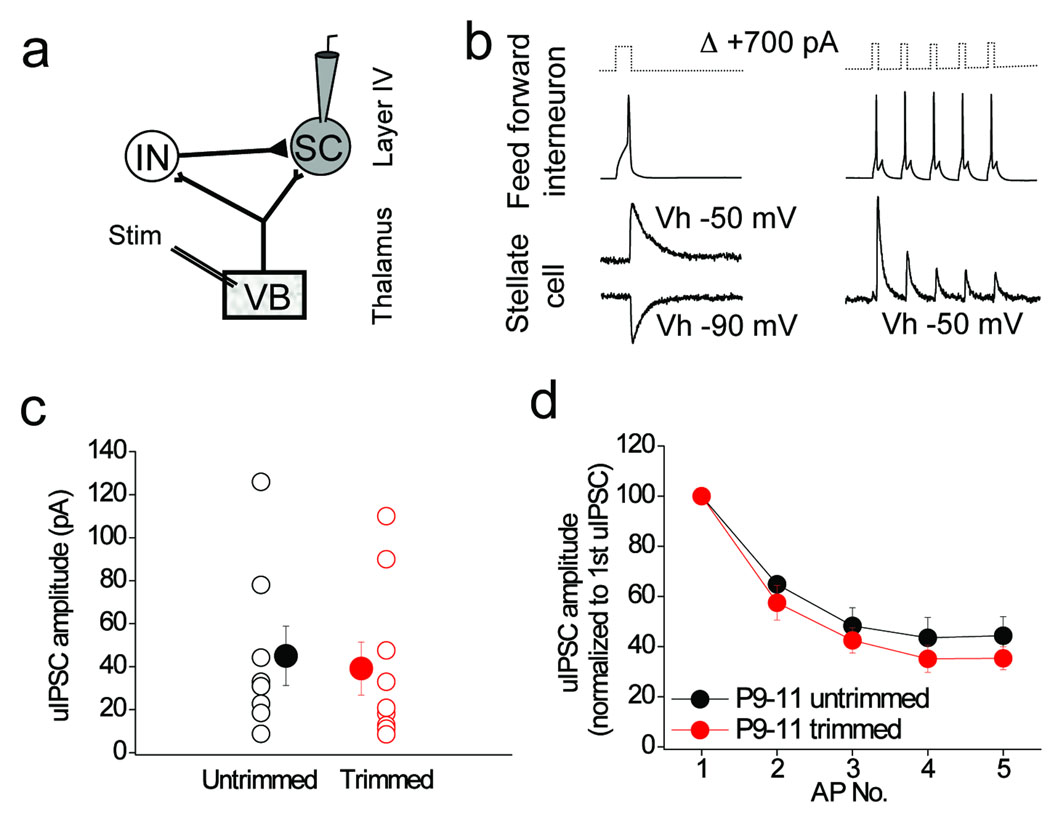Figure 4. Sensory experience does not alter synaptic transmission or connectivity between feed–forward interneurons and stellate cells in layer 4.
(a) Schematic of recording configuration depicting whole–cell recordings from pairs of feed–forward interneurons and stellate cells in layer 4 barrel cortex. (b) Example traces demonstrating a connected feed–forward interneuron (action potential elicited by either a single 5 ms, +700 pA current injection, left traces, or 5 action potentials delivered at 50Hz, right traces) and stellate cell pair. The unitary postsynaptic current in the stellate cell is symmetrical around −70 mV as expected from a GABAA–receptor mediated response under the conditions of the experiment. (c) Unitary IPSC amplitudes in stellate cells in P9–11 trimmed (n=8) and untrimmed littermates (n=9). Means not significantly different (p > 0.05; two–tailed Mann–Whitney U–test). (d) Short term plasticity of feed–forward interneuron to stellate cell unitary IPSCs in P9–11 trimmed (n = 4) and untrimmed littermates (n–5). Error bars are S.E.M.

